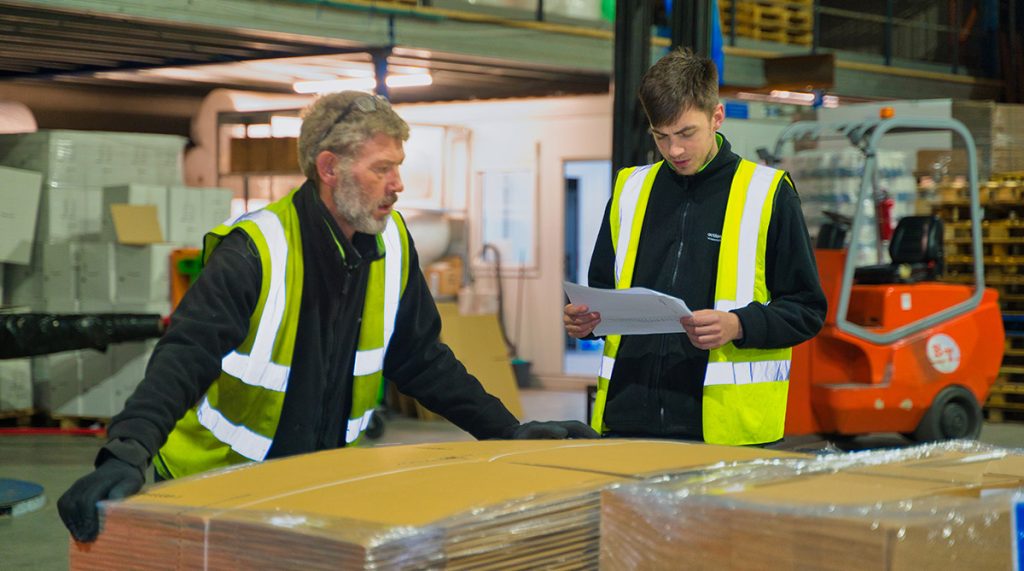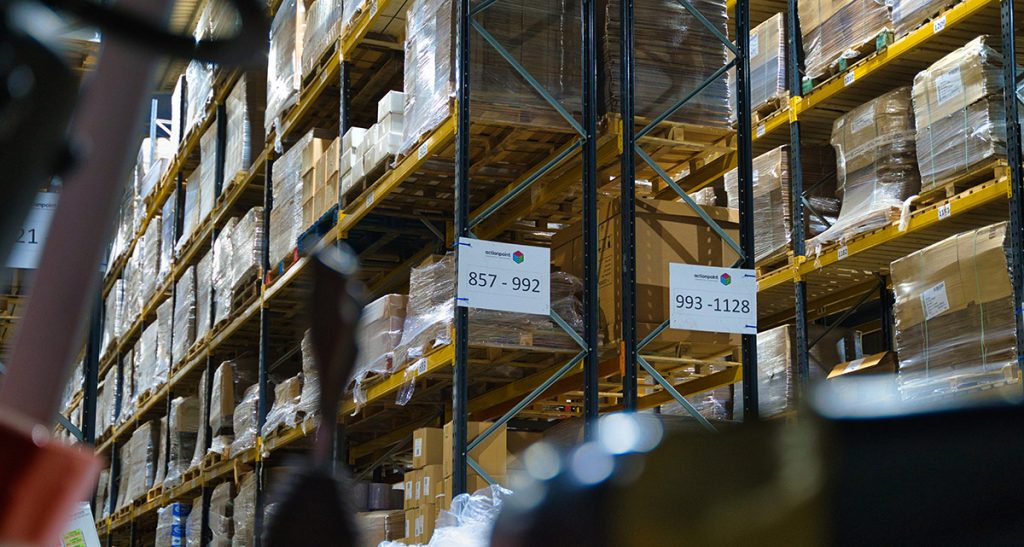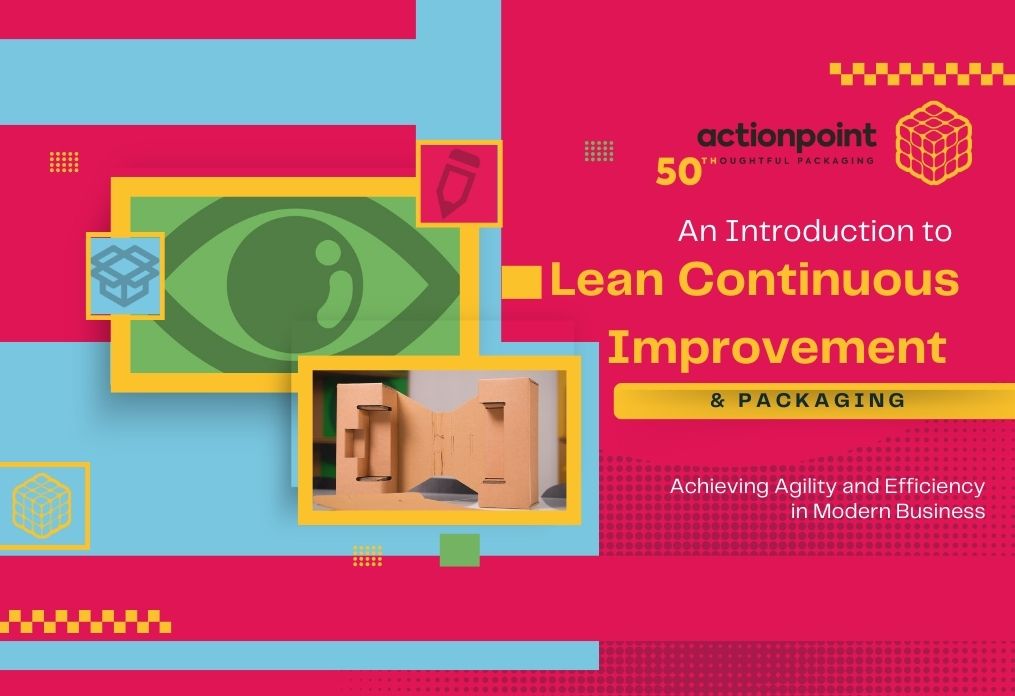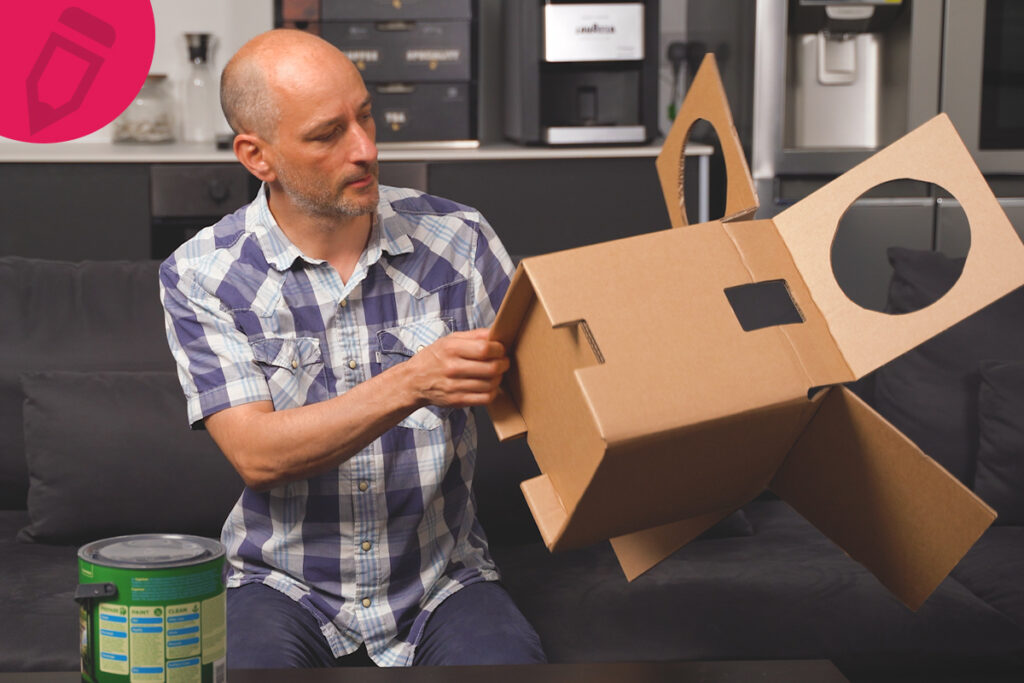How much packaging stock do you have right now? It’s a simple question and yet businesses often don’t know, haven’t got access to this information, and can’t get a straight answer from their packaging supplier.
Part of the problem is poor management of stock levels. It’s not unheard of to be told by a supplier that you have plenty of packaging in stock only to find out that, actually, you haven’t. Invariably, the truth only comes to light far too late: when you’re placing an order. This is the point you discover the shortage and have to wait weeks or months for a new batch to be manufactured. Your operations stop, orders pile up, operatives are left with nothing to do, and bills still need to be paid, but you’re not making any money.
This uncertainty is not only annoying, but also a common stumbling block when you’ve decided to switch to a different supplier.
Make the switch
Let’s say you have a stock agreement in place with a packaging supplier, but you want to move your business elsewhere. You need to know exactly how much packaging your supplier is storing for you, and how much is in the process of being manufactured.

Why? Because you don’t want to risk placing an order with a new supplier only to realise you’ve got 2- or 3-months’ worth of packaging with your old supplier. All of this stock would need to be honoured – that is, paid for, and potentially delivered all in one go to your doorstep. You would be left over-stocked, struggling to find space to store it all, and with more investment tied up in your packaging than you originally thought.
What to do first
Email your supplier asking how much stock they are holding for you, how much of your stock is in production, and – this is very important – state you want to cancel all current and active packaging stock agreements. Unless you terminate those agreements, your supplier will continue to order new stock and get more pallets in production, leaving you trapped in a never-ending cycle of replenishment.
Once you have accurate figures, you can work out how long your existing packaging will last. Then you’re ready to make plans with your new supplier and place your first order.
How Actionpoint can help
When moving from one supplier to another it’s essential to plug any gaps to make sure you always have packaging available. At Actionpoint, we offer 3 months’ worth of free stockholding as standard. Once your packaging requirements have been agreed, (see our bespoke packaging checklist post for some tips) you can make an order and we will arrange manufacture, hold your packaging in secure storage, and deliver what you need when you need it. This gives you peace of mind that while you’re running down stocks with your old supplier, there will be a smooth transfer: your new packaging will be ready and waiting for you.

If necessary, we can arrange an extended period of stockholding beyond 3 months to help with that transfer – for example, if you have a particularly large amount of existing stock to use up.
Along with stockholding, we provide The Actionpoint Portal (TAP), which gives our customers 24/7 online access to their accounts to place orders. They can also check stock levels in real time, so they always know exactly what type of packaging, and how much, is available.
TAP is continually being reviewed and developed. Powerful new features will be revealed in the coming months, including the ability to view historic stock levels and costs. This will show clients their usages and amount spent on packaging at any given period. And, of course, reports displaying all this data will be available at the touch of a button.
No more nagging worries at the back of your mind that you might run out of packaging. No need to spend time working out what type of packaging you’re using the most. At a glance, you will be able to compare packaging spend over different time periods, see operational peaks and troughs, and carry out forecasting with greater accuracy and speed.
Taking stock
Is your stock agreement keeping you tied to a supplier that isn’t managing your packaging very well? It can be unsettling to make a change, even when your current set up isn’t working for you, because you don’t want to upset the balance of packaging availability. Or perhaps you are avoiding change because your packaging processes have become shrouded in mystery, and you don’t really understand how it works or what you need to do. Hopefully this blog has helped you to realise it’s simpler than you think. And, of course, our team are always available to guide you, answer questions, or find additional ways we can help.

Another factor could be you have just ordered a large number of stock-keeping units (SKUs), or your old supplier has recently restocked your packaging for you. In these situations, we may be able to take over management of that stock. This would be on a case-by-case basis as it wouldn’t suit all circumstances. But if it did turn out to be an appropriate option for you, we would put agreements in place and then look after your existing packaging. This would involve storage in a safe location, deliveries on agreed dates and, as the old stock depleted, seamlessly restocking from our own supplies.
Any questions?
If you would like to find out more about this topic, and how it relates to your specific circumstances, please get in touch with the team. They will be happy to discuss your existing packaging arrangements, any problems or concerns you are experiencing, and advise you on how Actionpoint can support your business going forward.




